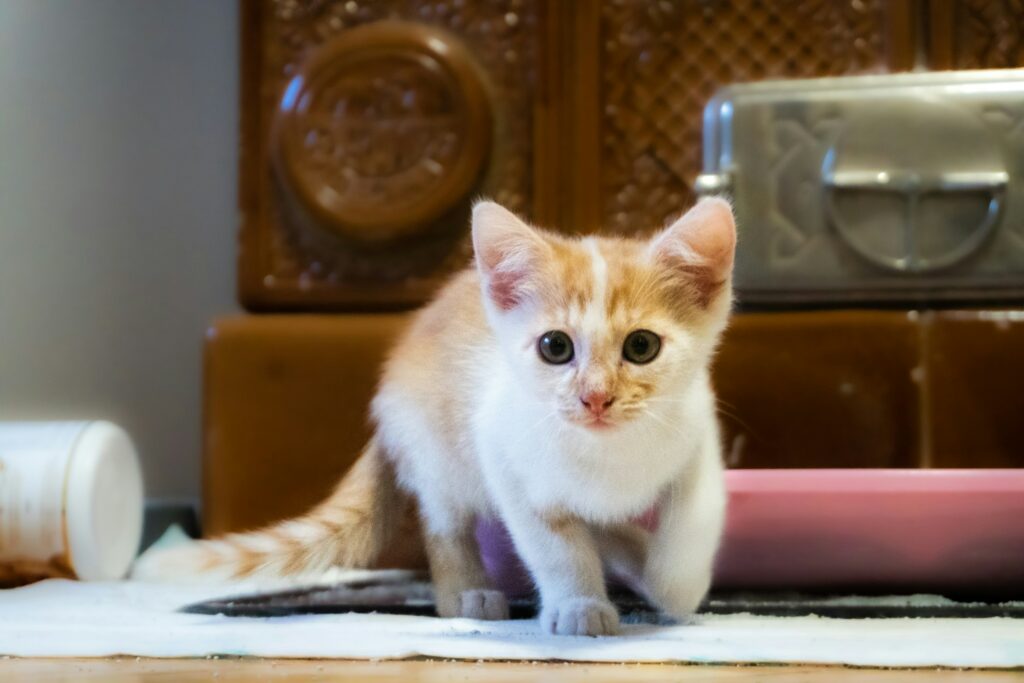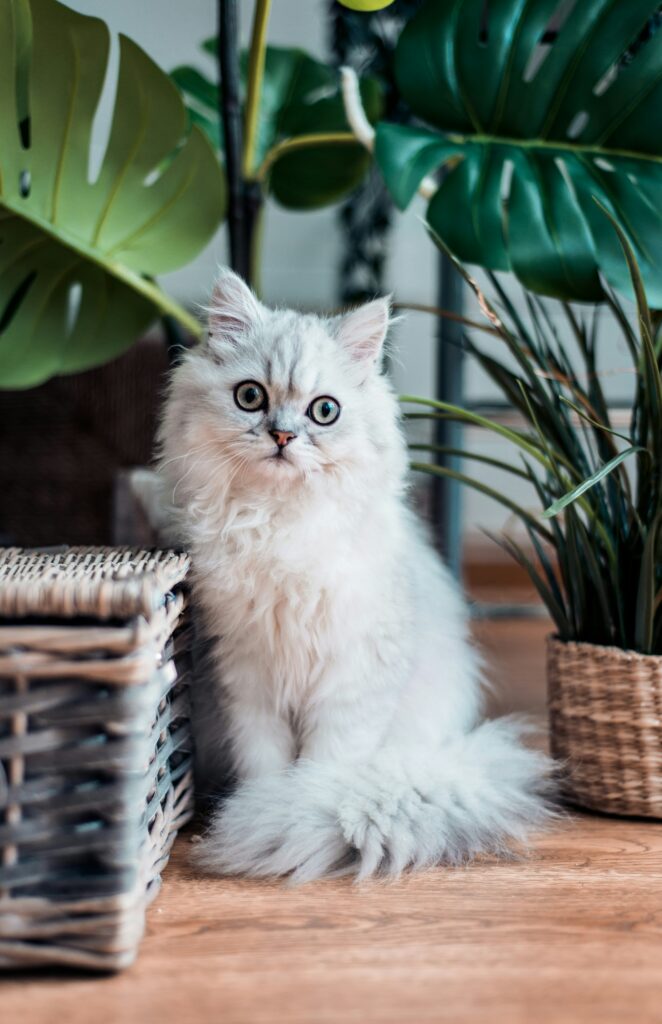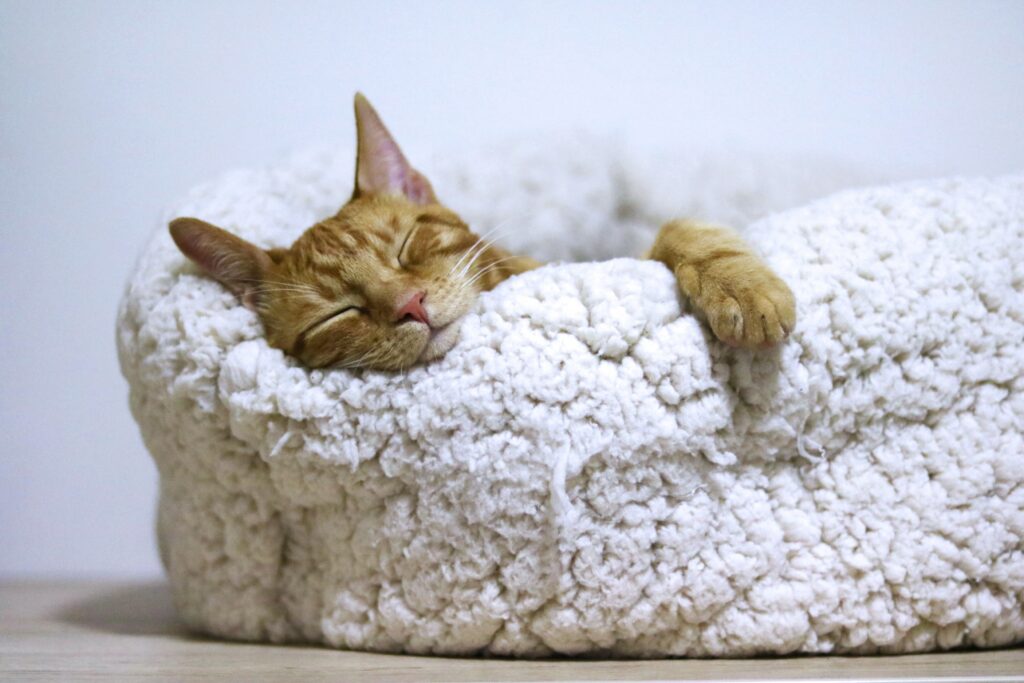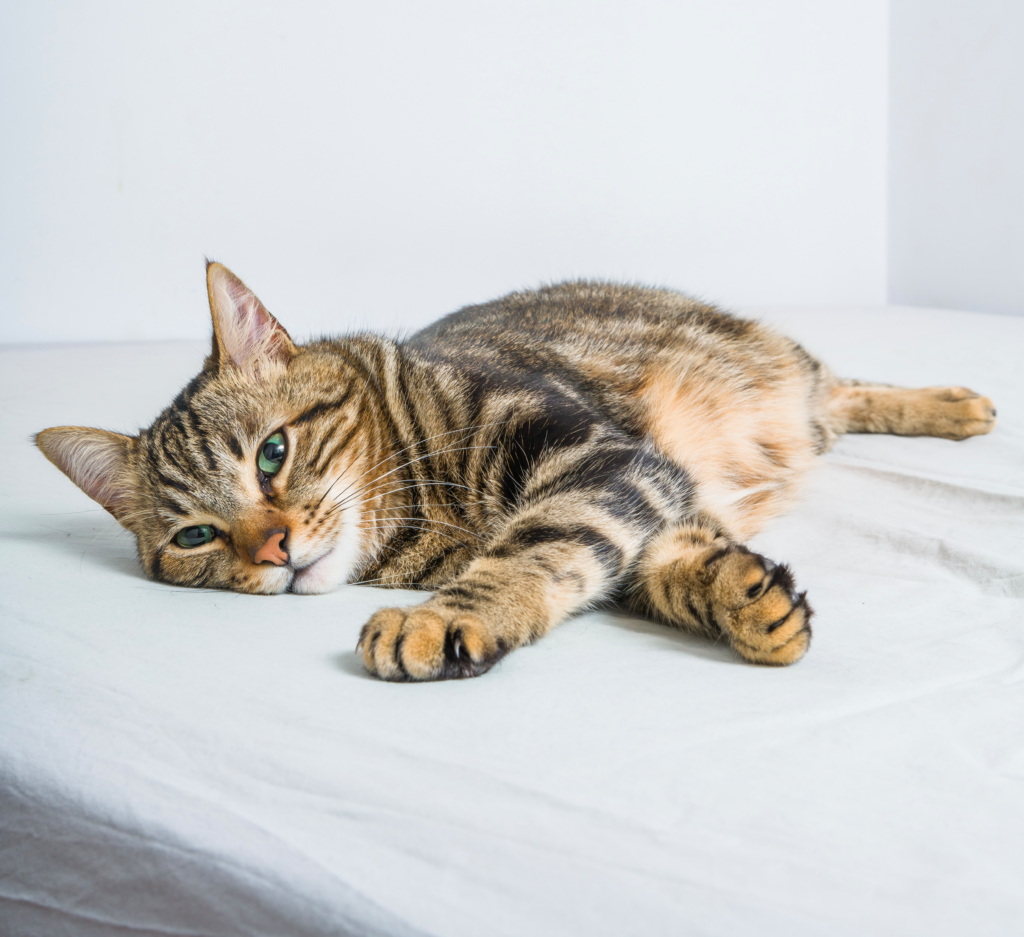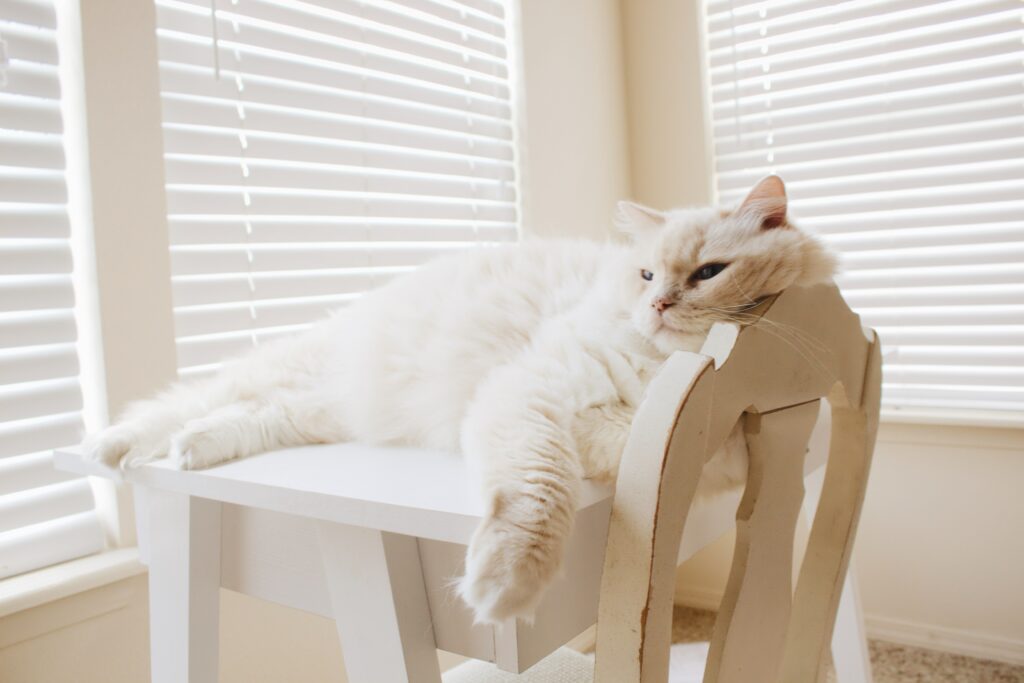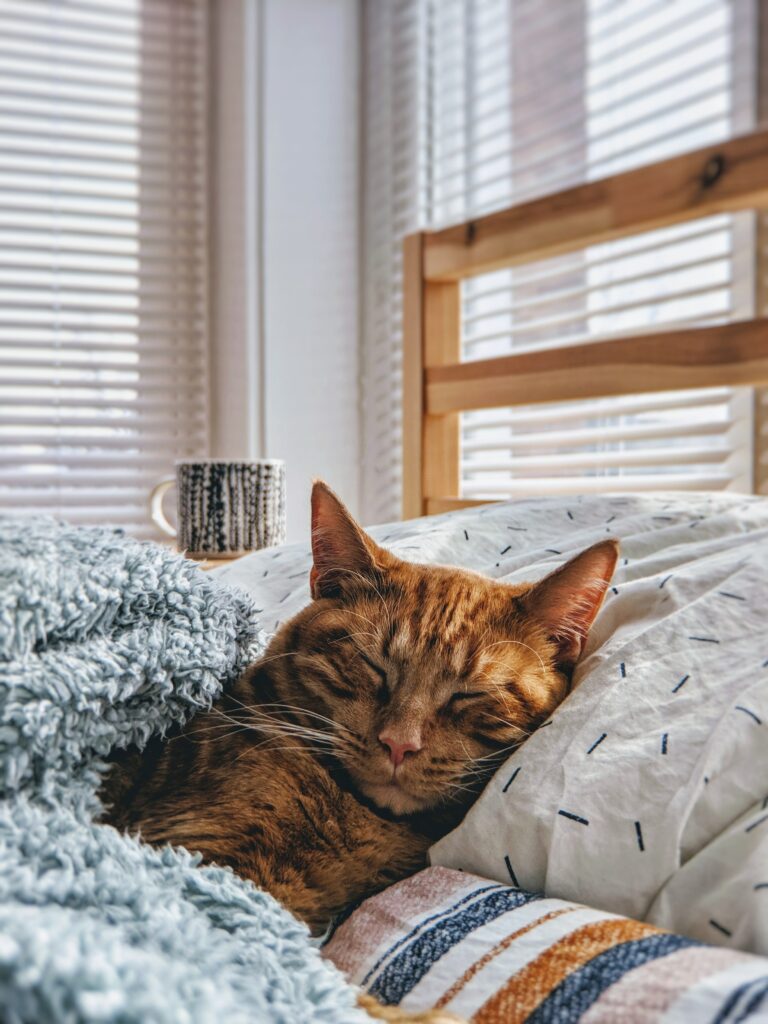Finding a doctor for ourselves can feel difficult; after all, we want the top-level care we deserve! When it comes to your best furry friend, you should treat the search process just the same. So, how can you tell when you’ve found a reputable place to entrust with your cat’s care? At The Cat Clinic at Cherry Hill, we can tell you a few ways to recognize when you’ve found the right veterinarian for your cat.
Signs You’ve Found the Right Veterinarian For Your Cat
- A knowledgeable doctor who provides excellent treatment: The main thing you want in a cat veterinarian is skill and genuine care for your animal. Dr. John McCauley has been a feline specialist for over two decades and remains just as passionate about keeping kitties healthy and happy as he was at the start.
- Friendly and responsive staff: The people at the front desk are the face of any office. If your interactions with staff are consistently unpleasant, there’s a good chance you won’t want to return — regardless of how great everything else is! You’ll find that everyone employed at The Cat Clinic at Cherry Hill is friendly, compassionate, and genuine. We do not respond with rudeness or impatience when our clients have questions, and we are willing to go the extra mile to ensure that your experience here is as positive and low-stress as possible.
- Rave reviews: Whether you’re on the lookout for a spectacular restaurant, a reputable hair salon, or a trustworthy veterinarian, it’s very likely that you are scanning through people’s reviews of the place before you decide to venture over. This is a good practice! When a location is receiving 4 or 5 stars across the board, you’ll surely feel a lot better about giving them your business. You can check out our many positive testimonials here!
Your #1 Cherry Hill Cat Veterinarian
You don’t have to wonder if you’re bringing your cat to a quality veterinary office when you come to The Cat Clinic at Cherry Hill; it’s evident from the moment you walk through our doors that we truly care about each and every furry patient. Our biggest concern is making sure your feline family member stays healthy and strong!
If you’re seeking the most exceptional local veterinarian for your cat, the highly experienced professionals at our office can be trusted to provide the very best care, every time. Contact us today by calling (856) 662-2662, or come pay us a visit; we are located at 35 Haddonfield Road in Cherry Hill, New Jersey. We look forward to meeting you!
